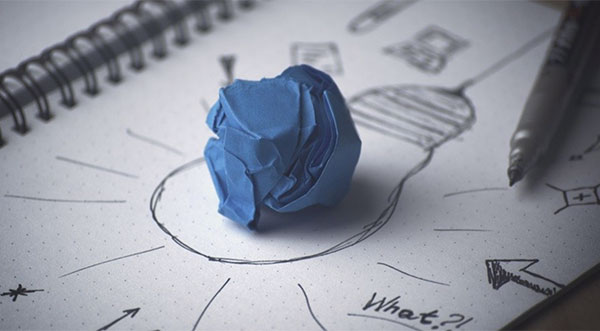What Is Intellectual Property Protection, and Why Do You Need It?
By Space Coast Daily // June 21, 2021

Businesses are defined by their products and services. In today’s market, the most brilliant minds and ideas are also those that eventually earn the most money. Mark Zuckerberg, Jeff Bezos, Elon Musk, Steve Jobs, and Bill Gates are a few prime examples of this trend. Everybody loves a good idea, which is both a good and bad thing.
Good ideas are highly coveted, and some will employ underhanded tactics in order to benefit from ideas that aren’t theirs. The theft of intellectual property happens more than most people think. Winning a market over isn’t really a matter of who produced a good idea, but rather, who was able to secure their intellectual property first.
What Is Intellectual Property?
Intellectual property refers to intangible assets that are creations of the mind. Some examples of intellectual property are inventions, designs, literary and artistic works, names and images that are used in commerce.
Why Do You Need to Protect Your Intellectual Property?
Alongside claiming the credit for the work accomplished, protecting your intellectual property grants a business the rights of ownership for that particular design, invention, or work of art. One of the rights of ownership is jus fruendi, which translates to “the right to the fruits”. This means that whoever owns the intellectual property also has the rights to the monetary benefits derived from the same.
If you’ve generated a great design without first protecting it with a patent, you could lose all revenue generated from the design to whoever is able to patent it first. It’s not about who created a good idea, it’s about who’s able to claim it first.
How Do You Protect Your Intellectual Property?
Trademarks are used to protect anything that is used to identify a business or brand. They are a means to protect your brand name, and they function as a public notice of ownership, which allows the holder to sue anyone who commits an infringement (as is the case when products are counterfeited). This is to prevent anyone from misrepresenting a brand and the quality of its products.
Copyrights are used to protect creative works such as books, films, songs, and even architectural blueprints. They protect specific works of art that can be credited only to its author(s). Some examples are the Guggenheim, or the Mona Lisa. Copyrights remain in effect for the lifetime of the author and 70 years after their death. This is the reason why it’s illegal to take pictures of the Eiffel Tower at night.
Patents are similar to copyrights and trademarks, except that they are specifically filed for machines, processes and research, chemical compositions, product designs, and product features. Patents grant the holder exclusive rights that prevent competitors from making, using, importing, or selling the invention for up to 20 years. Patents are not renewable. The exclusive rights to a design are revoked upon the expiration of the patent. This is to allow competition in the market and it functions as a public good in that it allows new and cheaper versions of these concepts to emerge.












